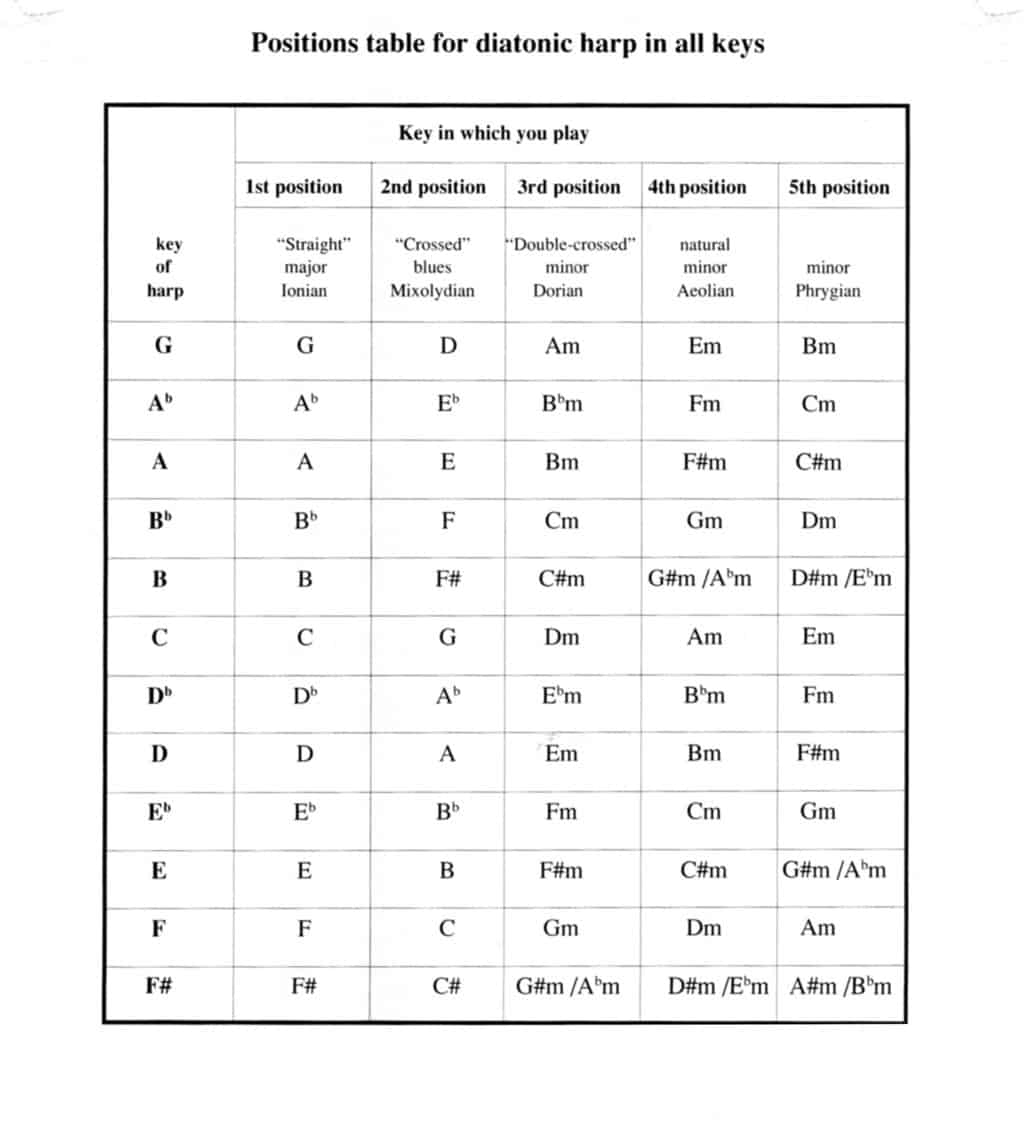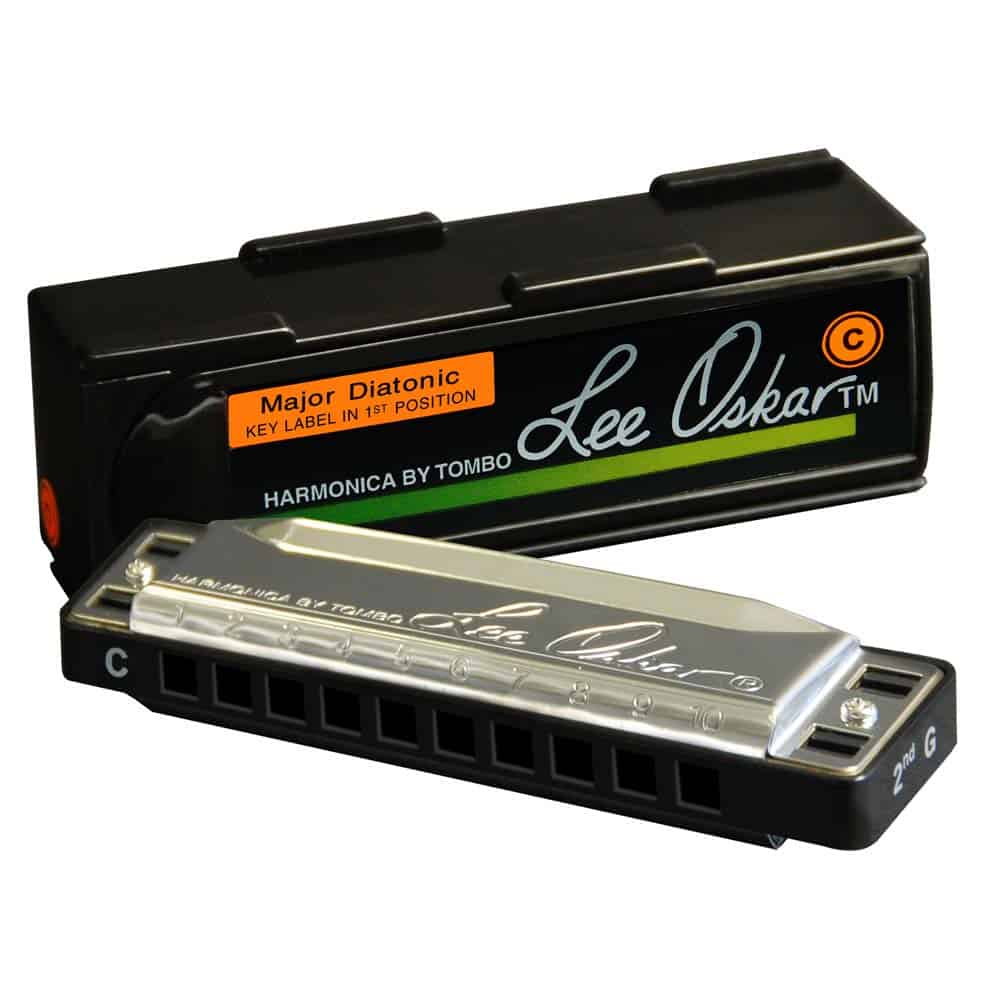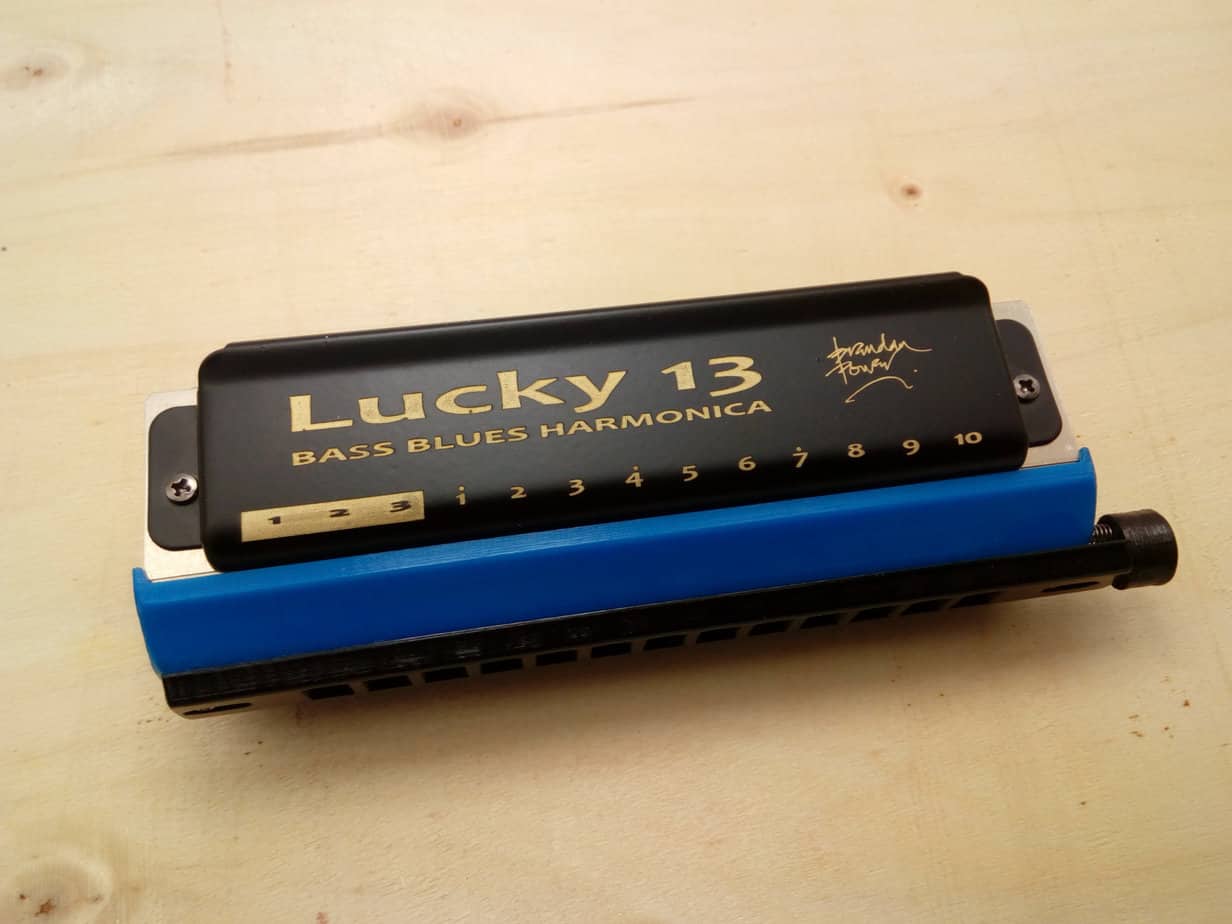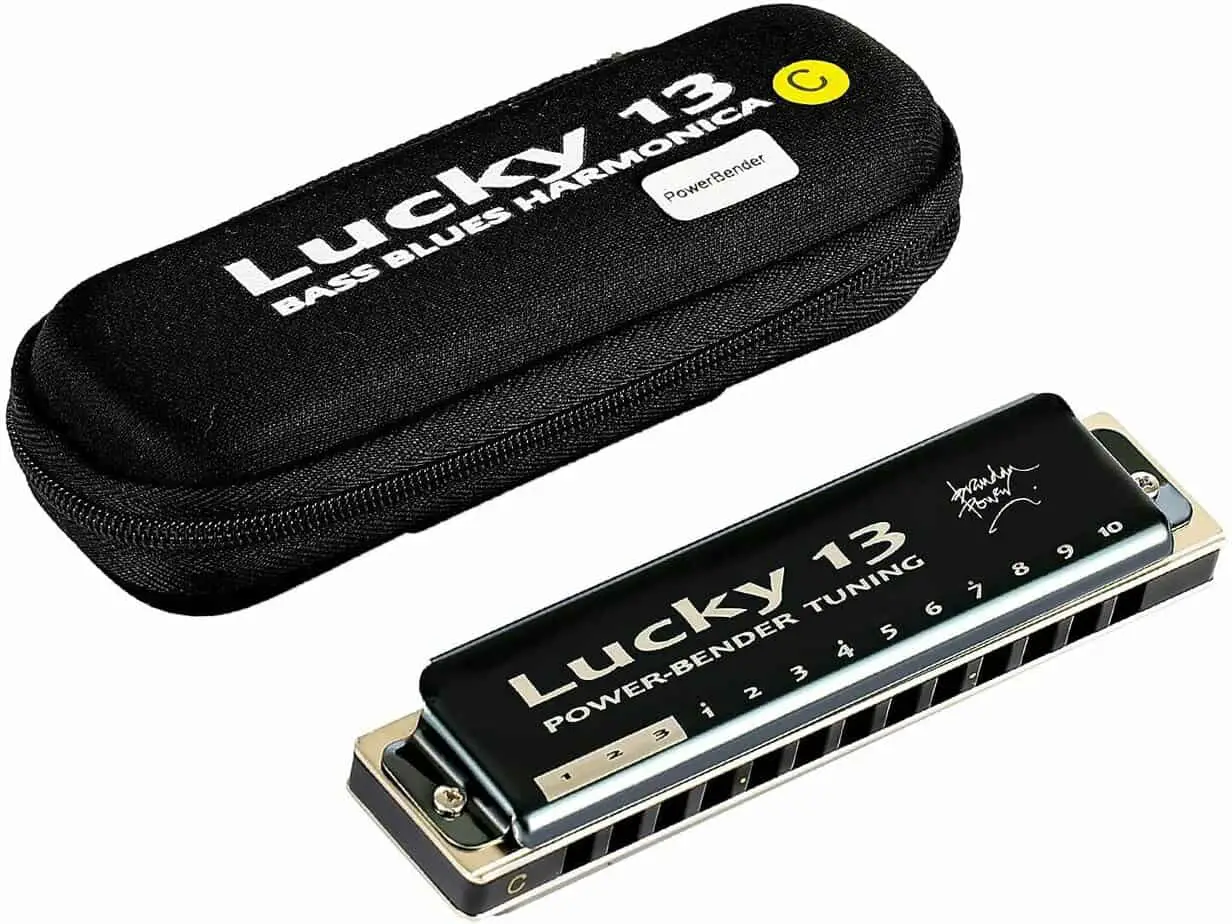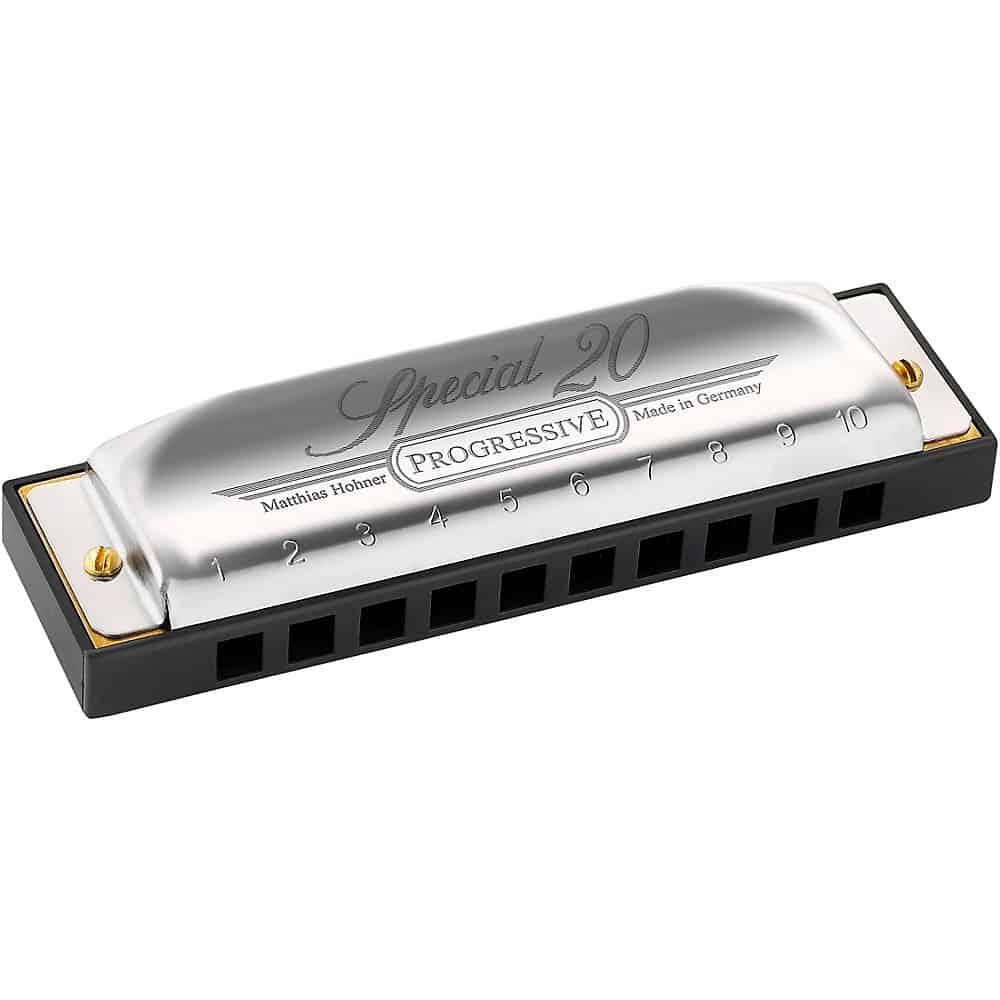Are you playing the harmonica but don’t know what key you’re in? Have you tried to find out what key you’re playing in but still can’t figure it out? If so, then this article is for you! In this guide, I’ll explain how to tell what key your harmonica is in with ease. I’ll provide step-by-step instructions on how to identify the key of your harmonica, as well as provide tips to help you remember it. Let’s get started!
Understanding Harmonica Keys
1. What are Harmonica Keys?
Harmonica keys refer to the pitch of a harmonica, indicated by a number between 1 and 12. The most common key is C (or Key of C). Each key has a different set of notes, which are arranged in a particular order. For example, a harmonica in the key of C will have the notes C, D, E, F, G, A, B, and C in the same order.
2. How Do Harmonica Keys Work?
Harmonica keys work by having different sets of reeds (metal plates) tuned to different notes. For example, if a harmonica is in the key of C, the reeds will be tuned to the notes C, D, E, F, G, A, B, and C. When air is blown into the harmonica, it vibrates the reeds which produces the desired note.
3. Identify the Key of a Harmonica
To identify the key of a harmonica, look at the cover plate. Most harmonicas have the key written on the cover plate. If the key is not written, you can still find the key by playing the harmonica and comparing the sound to a reference note. For example, if the harmonica produces a C note when you blow into it, then the harmonica is in the key of C.
Determining the Key of a Harmonica
1. Check the Packaging
Check the packaging of the harmonica that you bought. This is the simplest way to determine the key of your harmonica. The packaging should indicate the key of the harmonica inside.
2. Examine the Reeds
The reeds of the harmonica indicate the key of the instrument. The key of a harmonica is determined by the length of its reeds. Take off the cover plates and examine the reeds. The reeds are small metal strips that vibrate when air is blown through them. If the reeds are short, the harmonica is in a higher key. If the reeds are long, the harmonica is in a lower key.
3. Tune Your Harmonica
You can also tune your harmonica to determine the key. Harmonicas are tuned in different keys and can be tuned to different keys depending on the style of music played. If you have an electronic tuner, use it to tune the harmonica. If you don’t have an electronic tuner, use a tuning fork or pitch pipe to find the key of the harmonica.
Tuning Your Harmonica
To tune your harmonica, you will need an electronic tuner. Begin by playing the harmonica and adjusting the reed plates until the notes match the desired pitch. To do this, use a tuning tool to loosen the screws that hold the reed plate in place, then move the plate to adjust the pitch. Once the desired notes have been achieved, tighten the screws to secure the reed plate. Finally, check the tuning again with the tuner to ensure it is correct. If it is not correct, repeat the process until it is. Once your harmonica is in tune, it will be ready to play.
1. Select a Tuning
- Choose a tuning system such as Richter, Natural Minor, Country, or Chromatic.
- Identify the musical notes of the scale associated with the tuning system you’ve chosen.
- Determine the root note of the scale associated with the tuning system you’ve chosen.
- Determine the key of the music by identifying the root note and the scale associated with the tuning system.
2. Adjusting the Tuning
- Use a tuner to identify the harmonica’s current key.
- Check the reed plates for signs of wear and tear, and replace any that are damaged.
- Use a screwdriver to adjust the tension of the reed plates.
- Adjust the length of the reed plates to tune the harmonica.
- Tune the harmonica using a tuning tool.
- Check the tuning with the tuner to verify that the harmonica is in the desired key.
Advanced Tuning Methods
| Tuning Method | Description |
|---|---|
| Stroboscopic Tuning | Stroboscopic tuning is a method that uses a stroboscope, a tool that uses light to measure the frequency of a sound. This method can be used to accurately tune a harmonica to a specific key. |
| Tuning Fork Method | The tuning fork method uses a tuning fork to measure the frequency of a sound. This method can also be used to accurately tune a harmonica to a specific key. |
| Electronic Tuner | An electronic tuner can be used to tune a harmonica to a specific key. This method is the most accurate and efficient way to tune a harmonica. |
These advanced tuning methods require more skill and precision than basic tuning methods, but they can be used to accurately tune a harmonica to a specific key. With the right tools and techniques, a harmonica can be perfectly tuned to the desired key.
1. Using an Electronic Tuner
| Step | Explanation |
|---|---|
| Step 1 | Plug the electronic tuner into an amplifier or speaker and turn it on. |
| Step 2 | Blow into the harmonica while adjusting the tuner. Pay attention to the notes being played in the harmonica and adjust the tuner accordingly. |
| Step 3 | Once the tuner has been adjusted to the same note as the one being played on the harmonica, the key of the harmonica can be determined. |
Using an electronic tuner is an effective way to tell what key your harmonica is in. Start by plugging the electronic tuner into an amplifier or speaker and turn it on. Then, blow into the harmonica while adjusting the tuner. Pay attention to the notes being played in the harmonica and adjust the tuner accordingly. Once the tuner has been adjusted to the same note as the one being played on the harmonica, the key of the harmonica can be determined.
2. Using Harmonica Software
| Software | Pros | Cons |
|---|---|---|
| Harmonica software | Accurate key recognition, easy to use. | May not work on all types of harmonica. |
Harmonica software is a great tool for helping to determine the key of your harmonica. It works by analyzing the sound of your harmonica and recognizing the key notes. This makes it much easier to identify the key of your instrument. The accuracy of the software depends on the type of harmonica you are using, but it is generally reliable and easy to use. The downside is that it may not work on all types of harmonica.
Frequently Asked Questions
What are some common methods for determining the key of a harmonica?
One way to determine the key of a harmonica is to look at the numbers stamped on the side of the harmonica. Written in the form of “Hohner ####” or “Lee Oskar ####”, the numbers indicate the key of the harmonica. Other methods include using a chromatic tuner to listen for the notes being played and comparing them to a known scale, or using an online harmonica key finder. Determine the key of a harmonica is important in order to get the right replacement reeds and purchase the correct music for the instrument.
Tuning the Harmonica
Tuning a harmonica is essential in determining what key it is in. Harmonicas are typically tuned to one of 12 keys, including C, G, D, A, E, Bb, F, B, Eb, Ab, Db, and Gb. To tune a harmonica, the reed plates need to be adjusted to the correct pitch. This can be done manually or with a tool like a reed-bending tool. Manual tuning should only be done by experienced players as incorrect tuning can damage the instrument. Tuning a harmonica correctly is the only way to know for sure what key it is in.
How can I tell what key a harmonica is in without a tuner?
To identify a harmonica’s key without a tuner, listen to the notes and compare it to the notes of a known key. For example, if a harmonica is playing an A minor scale, it is in A minor. Additionally, look for the number printed on the harmonica; most harmonicas have the key printed on them. Lastly, if the harmonica has 10 holes, it is likely in the key of C, as this is the most common key for 10-hole harmonicas.
Check the Stamp on the Harmonica
Most harmonicas will be stamped with the key corresponding to the harmonica. This is usually located either on the front or back of the harmonica. If the key is not stamped somewhere on the harmonica, it is likely a generic harmonica not specific to any key.
Is there an Easy Way to Recognize the Key of a Harmonica?
Yes, there are several methods to determine the key of a harmonica. The most common is to look at the markings on the back of the instrument. These markings will tell you the key of the harmonica, typically in the form of a letter or number. Additionally, the sound of the harmonica can be used to determine the key, by comparing it to the sound of a known key. Harmonica players can also use a tuning meter or a harmonica tuner to identify the key of the instrument.
Using a Chromatic Tuner
A chromatic tuner is a tool used to accurately identify the pitch of harmonicas. This is done by playing a single note on the harmonica and then comparing it to the reference pitch provided by the tuner. The pitch of the harmonica should be adjusted until it matches the reference pitch. Once this is done, the key of the harmonica can be identified by referring to the tuner’s display.
What should I look for when trying to identify the key of a harmonica?
Check the keys printed on the harmonica. Most harmonicas will have a label indicating the key of the instrument. Additionally, note the number of holes on the harmonica. While not all harmonicas are standard, a 10-hole harmonica is typically in the key of C, while a 12-hole harmonica is in the key of G. Additionally, the key of the harmonica can be identified by playing individual notes or chords on the instrument.
Using the Note Chart
To determine the key of a harmonica, the easiest method is to use a note chart. Note charts provide a visual representation of the notes in each key, with the corresponding hole numbers for the harmonica. To use a note chart, simply compare the notes of the harmonica to the notes in the note chart to find the key. Once the key has been determined, the note chart can also be used to determine which notes are available in the key.
Are there any online resources I can use to help me determine what key my harmonica is in?
Yes, there are several online resources available for those looking to determine what key their harmonica is in. Most notably, websites such as Seydel Harmonicas and Hohner Harmonicas provide helpful charts and diagrams that can be used to quickly identify the key of a harmonica. Additionally, websites such as HarmonicaLessons.com and HarmonicaTabs.com offer a variety of tutorials and resources to help players get a better understanding of how to identify the key of their harmonica.
Conclusion
The key of a harmonica can be easily determined with a few simple steps. Firstly, identify the tonic note of the harmonica. Then, identify the corresponding note on the musical scale. Finally, use this note to determine the key of the harmonica. With this guide, you can now identify the key of your harmonica quickly and easily.

